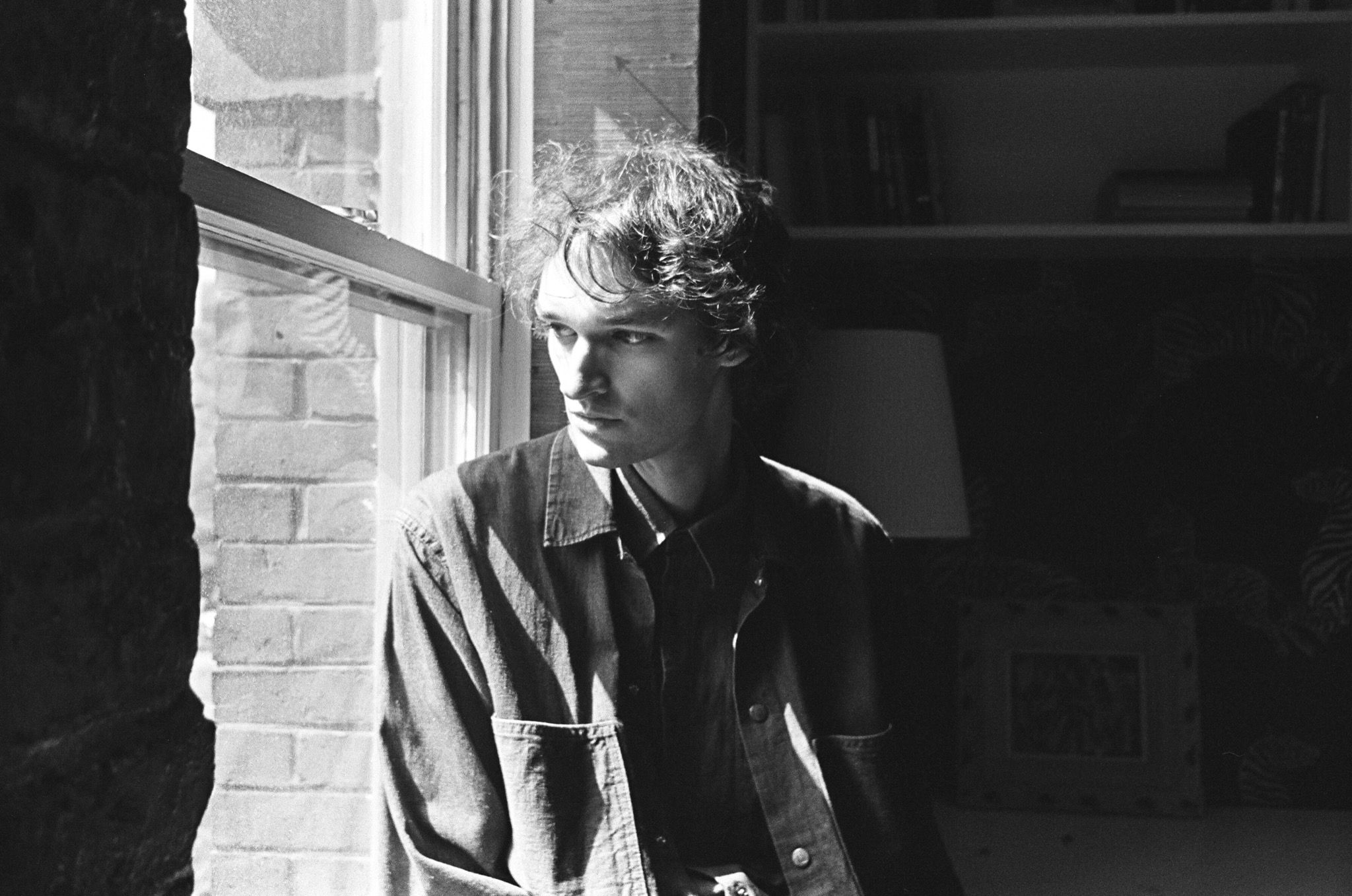Record Label Giegling Commissions Cover Art by Kindergarteners, Mental Patients, and Inmates
Eight years after Giegling was founded by an extensive group of friends in Weimar in 2009, the record label has gained a devoted following that is steadily growing into a more mainstream audience. Anytime a collective project gains attention, the pressure to professionalize the operation also demands the naming of certain leaders in the group who will represent it to the public. Few artistic or political movements have been able resist the pressure to create their own icons, instead maintaining the egalitarian spirit that brought the group in existence to begin with. Giegling however continues to exist as a group primarly, and its members – such as Traumprinz, Edward and Konstantin – after. The involved DJs and artists respond to these new pressure systems with a world whose goal it is to reunite as many of the people who were involved throughout as possible.
Giegling, which its members call a “social sculpture,” at the same time aimed to include even more people in the making of its records. The covers of a series of five records recently were illustrated by people who had not previously been part of the collective. Kindergarteners as well as the inhabitants of retirement homes and a psychiatric ward, participants of a sheltered workshop and inmates of a prison in Berlin were invited to contribute artworks whose themes related to those which inspired the record. Working with these new collaborators, Giegling build on this sculpture. Their decision implies a disregard for the stigmatization that people in all of these institutions experience. Children, of course, do not suffer from the same exclusion from society that mental patients or inmates do, but society’s lack of regard for a child’s inner world mirrors some of the ways in which the elderly are often framed as a nuisance to their families. Because the concept of the nuclear family continues to fail people, our chosen families gain importance.
032c spoke to the collective about the intentions and possibilities of keeping Giegling’s structure loose while simultaneously maintaining a feeling of intimacy.




How did you decide to collaborate with people currently in prisons, mental hospitals, but also kindergarteners for a series of records?
The choice of the institution referenced the theme of the record. For example, the basis for “The Golden Age” was a drawing of a tree trunk and a group of people dancing around it in a circle, holding hands. The people at the sheltered workshop painted in the tree crowns and their paintings were more diverse and more fitting that we could have imagined. There were urban construction sites, tram maps, a ying and yang whose leaves were falling down on the dancers, drawings of networks and a lot of abstract interpretations. As a whole, they created a very coherent image.
How did this collaboration actually work out?
The illustration of the covers happened in two steps. First, we painted the cover with a simple motive in black. Then, the drawing was handed over to a certain social facility where it was painted in a certain color and according to a few rules by the people who inhabit it. While they painted, they listened to the record.



Is there anything in particular you could say you have learned from these interactions, personally or as a collective?
Some of the experiences we had with these different institutions were very special because those were places and people we hadn’t previously been familiar with. The prison (JVA Moabit) was definitely special. Working with the inmates was tied to certain security checks. When we first visited the prison, we all felt tense between these high walls and barbed wire. When we met the inmates, at first they were sceptical. But after we discussed the project, they were very interested and finally even proud to have contributed to it. Even if these were very personal experiences, I believe that their cover works relate the record to the place and its feel. At all institutions, the results of the project were so different and diverse. We received covers we could have never made ourselves.
You describe Giegling as a “social sculpture.” Was this project a way to address social exclusion?
We were trying to capture a certain spirit that can only really be captured with the help of many different people. Like a puzzle you can only solve in cooperation with one another. The process includes a lot of different people and this is what builds that sculpture. It’s about including people in our process, that they create something with us and their influence impacts our surface and adds to the way other people see the label.

The cover for “The Golden Age” also addresses the label’s own golden age and the professionalization of the collective. Is this tour a way of commemorating the label’s origins?
By the time of “The Golden Age,” what had announced itself at the time of Matthias Reiling’s “Gefällt mir nicht mehr” release had reached the core of our group. We felt how the dynamics between us were altered by the way we were perceived from the outside. Only when we lost this innocence, we were able to realize what it meant to us. The tour is an attempt to return to this state.


